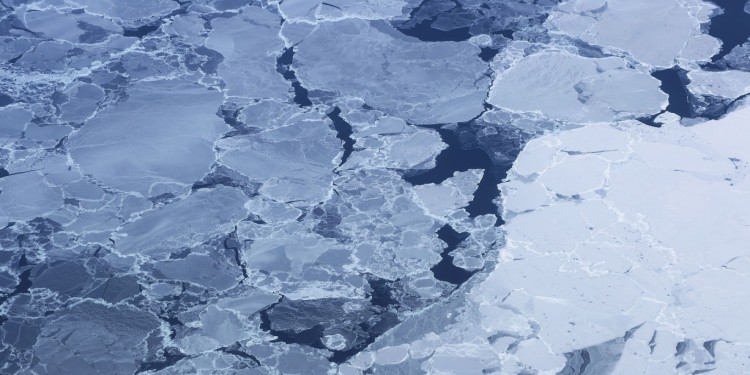In news– The World Meteorological Organization(WMO) has published the State of the Global Climate 2022 recently.
Key findings-
- The WMO State of the Global Climate report 2022 focuses on key climate indicators – greenhouse gases, temperatures, sea level rise, ocean heat and acidification, sea ice and glaciers. It also highlights the impacts of climate change and extreme weather.
- For global temperature, the years 2015-2022 were the eight warmest on record( in the 173-year instrumental record) despite the cooling impact of a La Niña event for the past three years.
- Record levels of three main heat trapping greenhouse gases – carbon dioxide, methane, and nitrous oxide in the atmosphere turned the past eight years (2015-22) into the warmest on record with 2022 being the “fifth or sixth” warmest year ever.
- This despite the cooling impact of a La Niña event for the past three years – a “triple dip” that has happened only three times in the past 50 year.
- Melting of glaciers and sea level rise – which again reached record levels in 2022 – will continue to up to thousands of years.
- Confirming its provisional findings of 2022, the WMO also said that the global mean temperature in 2022 was 1.15 degree Celsius above the 1850–1900 average which is closer to the target to keep the temperature rise within 1.5 degree C by the end of the century to save the world from the catastrophic effects of climate change.
- Rising global emission of greenhouse gases (GHG), however, indicates that the targeted level would be breached much earlier than the intended goal.
- The WMO underlined how droughts, floods and record breaking heat waves affected communities on every continent and cost many billions of dollars across the globe with India alone facing “significant flooding” at various stages during the monsoon season, particularly in the north-east in June last year that led to over 700 deaths from flooding and landslides, and a further 900 from lightning.
- Referring to South Asia, it noted how heatwaves in the pre-monsoon season in India and Pakistan caused a decline in crop yields last year with the period being “exceptionally hot” in both the countries.
- Though India reported its overall food-grains output at a record level of 315 million tonnes, the country had to suffer on wheat front by recording a decline of nearly 3% in production due to heat conditions.
- According to the report, China suffered from its most extensive and long-lasting heatwave on record, which extended from mid-June to the end of August.
- There were 366 locations around the country that broke their highest temperature record during the period.
- Southern regions of China suffered from a 20 to 50 per cent rainfall deficit.
- The severe drought led to the Yangtze river drying up and reaching its lowest level on record at Wuhan.
- Europe also suffered from severe heat events in all its summer months.
- The heatwaves reached their peak in mid-July when the United Kingdom recorded a maximum temperature of 40°C for the first time.
- Tunisia recorded its hottest June, while a new temperature record of 49.1°C was set at Smara (Morocco) on July 10. The Mediterranean Sea also suffered from marine heatwaves from March to December.
- The heatwaves were followed by drought in most of the European countries, with water levels in many of the major rivers such as the Rhine, Loire and Danube, falling to record low levels. Germany, France, the UK and Italy recorded their driest periods in almost 50 years.
- The ongoing intense drought in the Horn of Africa also intensified with the fourth and fifth consecutive poor rainfall seasons in Kenya, Somalia and Ethiopia.
- Droughts also continued in Chile in South America and the western and southern states in the United States.
Note:
The India Meteorological Department (IMD) had in January said that the year 2022 was fifth warmest year on record in India since 1901 and the past decade (2012-2021 or 2013-2022) was the warmest decade on record in the country.
About World Meteorological Organization (WMO)-
- It is a specialized agency of the United Nations responsible for promoting international cooperation on atmospheric science, climatology, hydrology and geophysics.
- The International Meteorological Organization (IMO), whose concept dates back to the Vienna International Meteorological Congress of 1873, gave birth to the organization.
- Following the passage of the WMO convention in 1950, the organization was founded as a specialized agency of the United Nations (UN) in 1951.
- Its headquarters are in Geneva, Switzerland.
- The WMO is made up of 193 countries and territories, and facilitates the “free and unrestricted” exchange of data, information, and research between the respective meteorological and hydrological institutions of its members.
- It is governed by the World Meteorological Congress, composed of member states, which meets every four years to set policies and priorities.














